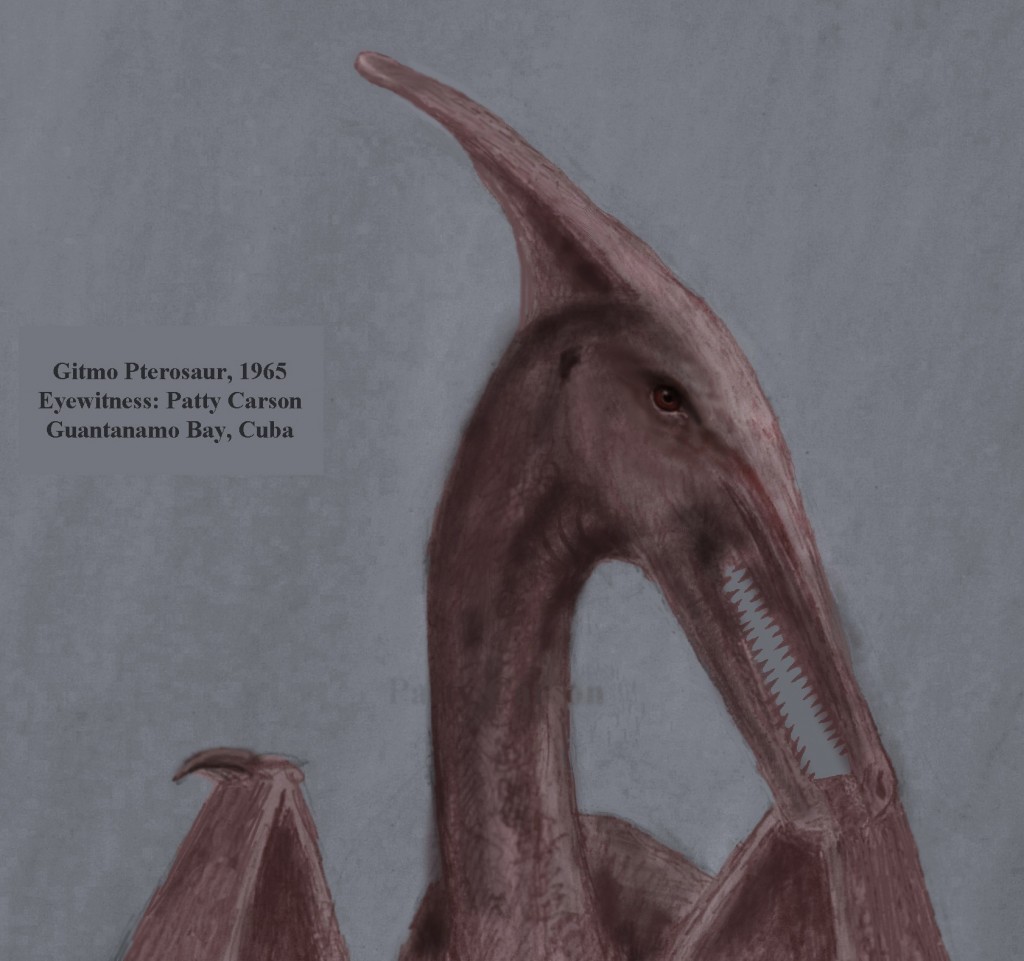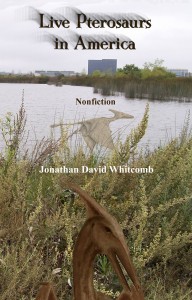How often an American eyewitness has expressed anxiety over what was observed! What’s wrong with a living pterosaur? Think about it: nothing in the creature itself. But our Western culture indoctinates us from childhood, constantly emphasizing extinctions millions of years ago.
I have started organizing the Pterosaur Eyewitness Group Support (PEGS) to encourage open communication between those who have observed apparent “pterodactyls” and those who have only read about or heard about the encounters. Posts on that blog may also include responses to skeptics or critics. For now, let’s consider a few eyewitnesses who have given us their names.
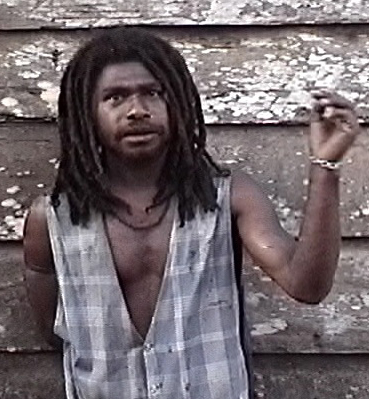
Gideon Koro I interviewed on Umboi Island, Papua New Guinea, in 2004. He had almost no time to prepare for that interview because my guides and I surprised his village by showing up unannounced. His demeanor impressed me; he showed no sign of fabricating any part of his account.
His videotaped interview is available on Youtube. One point missing from that video relates to Gideon’s description of the mouth of the ropen: “like a crocodile” (mouth). A few minutes after he had volunteered the word “crocodile,” I drew two sketches in the dirt. Without giving him any clue what I was doing, I gave him an opportunity to choose a crocodile head instead of a pterosaur head: He chose the pterosaur. The only difference was in the eye socket (crocodilians have elevated eyes so that they can see above water when they are mostly submerged). If he had been telling me a lie about observing a large flying creature, he would not likely have passed up the crocodile head after he had described a crocodile mouth. But he chose the non-crocodilian eye immediately. He was extremely credible.
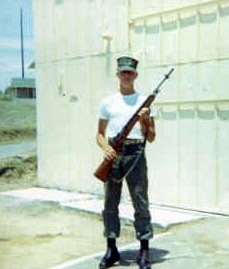
I surprised Eskin Kuhn with a phone call in February of 2010. He answered my questions with high credibility, giving no hint of any hoax involvement. His sketch of the two “pterodactyls” of Guantanamo Bay, Cuba, remains an important piece of cryptozoological evidence for modern living pterosaurs. His sighting was in clear daylight in 1971, when he was stationed at Gitmo as a U. S. Marine.

Eskin Kuhn’s sketch was drawn just minutes after his 1971 sighting, when it was fresh in his mind. A few years earlier, other eyewitnesses had seen strange flying creatures at Gitmo: Patty Carson and her brother.
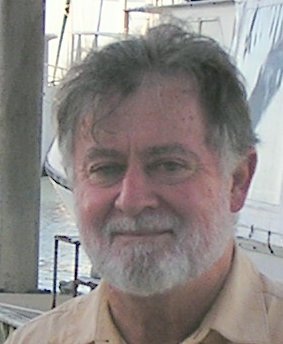
Brian Hennessy is now a psychologist, usually working in China. In 1971, he was on Bougainville Island, New Guinea, when he observed, one day, a strange flying creature that had not sign of any feathers. The long tail gave him the impression of a “primitive” creature, and the head crest suggested to me a pterosaur like the one observed by Duane Hodgkinson, years earlier, many miles to the west. My email interview with Hennessy impressed me with his credibility.
###
Smithsonian Attacks Ropen “Myth”
Switek gives no evidence . . . only mentioning the religious nature of Woetzel’s beliefs, as if that were enough to dismiss his ideas about living pterosaurs. . . . Switek has never thought about Isaac Newton’s relationship to this, for Newton had religious beliefs similar . . .
.
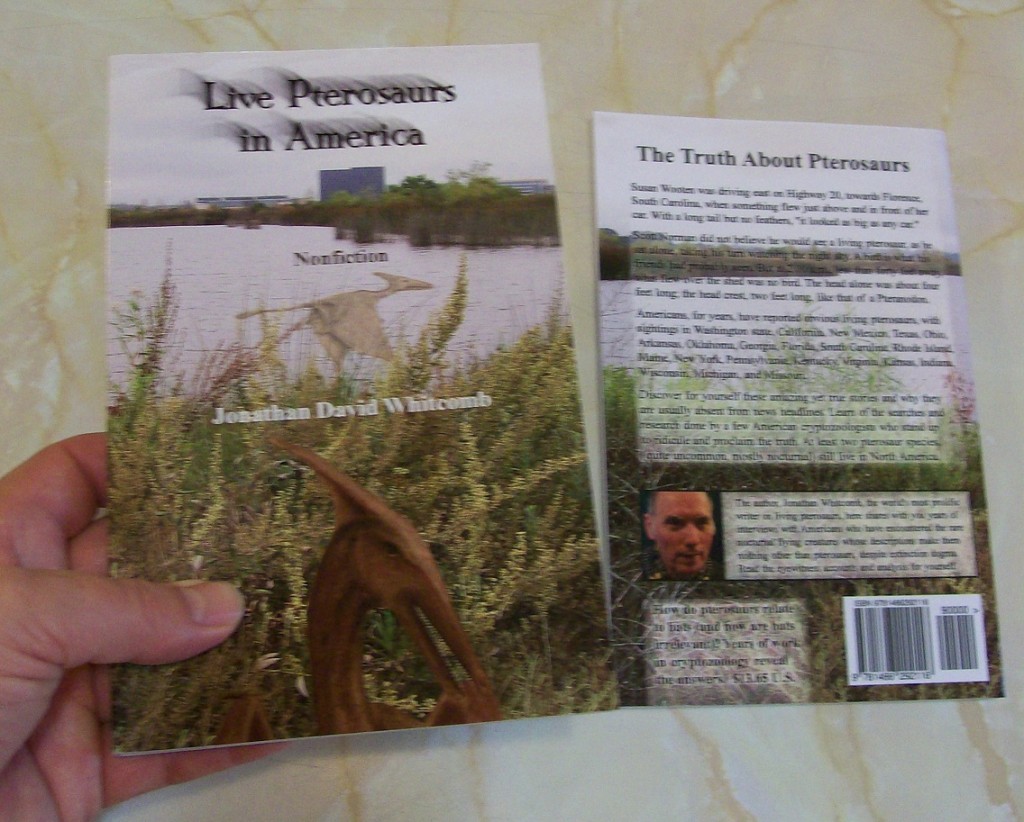
From the third edition of the nonfiction book Live Pterosaurs in America:
“With big black eyes, it stared at her, and began to walk towards her. Now the idea of ‘large bird’ was gone, leaving in its place fear of the unknown. Distracted by some noise, fortunately, the creature turned away from the girl, revealing to her another perspective of its head. ‘Pterodactyl’ came into her mind, although it seemed a crazy idea.”



